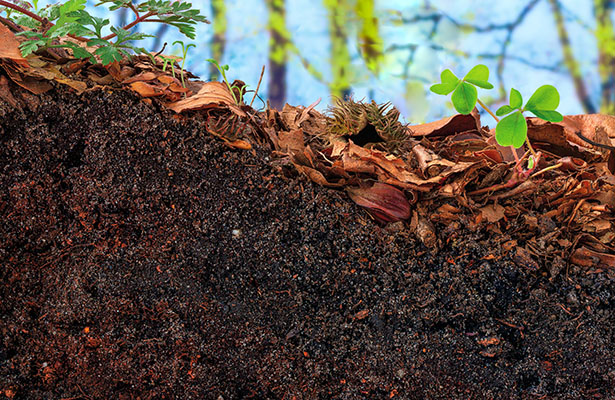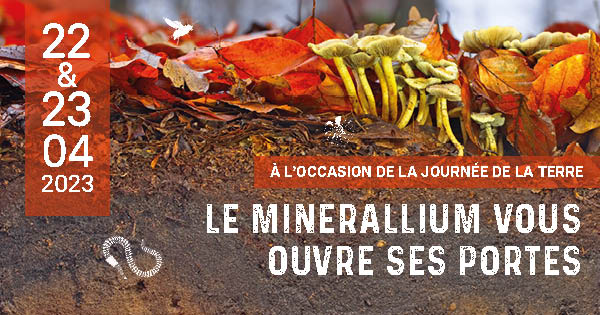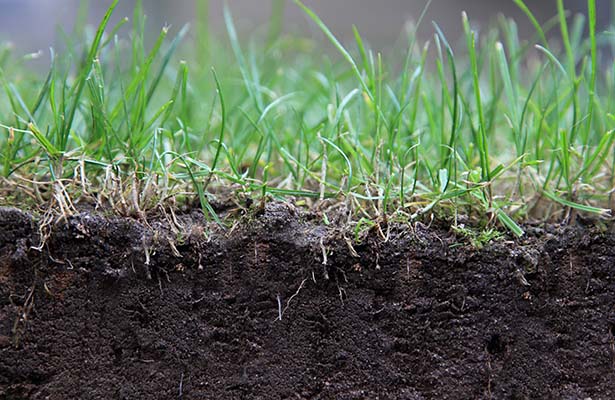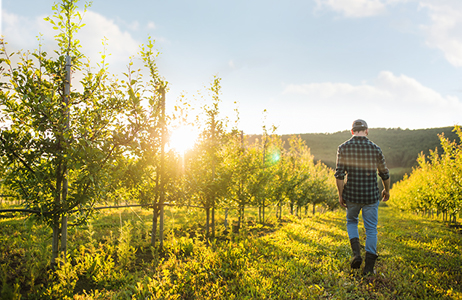
Earth Day at the Minerallium
How can be created a soil? What are the different characteristics of this ecosystem? How can we manage this essential resource for every living being on our planet?
On the occasion of Earth Day, Saturday 22 & Sunday 23 of April 2023, the Roullier Endowment Fund opens to the public the doors of its Minerallium, offering guided tours throughout the weekend.
This visit, which highlights the uses of minerals in plant, animal and therefore human nutrition, allows us to understand the importance of minerals for agricultural ecosystems -soils, micro-organisms, plants and animals- and their place in an agriculture that is both efficient, profitable for the farmer and respectful of the environment.


Additional information:
- Free guided tour
- Duration: 1h30
- Only upon registration
- Accessible to people with reduced mobility
- Accessible to children from 10 years
- Start the visit on time. Anyone who arrives late will not be admitted.
Book your visit at the Minerallium
What is the soil made of?
If the word «Earth» refers primarily to our planet, it also refers to the soil on which we live, the 30% of the earth’s surface that is not covered by water. Soil is the basis of all life on Earth, because without it, it is impossible to feed our population!
What is the earth made of? The soils are of varied composition. In our temperate climates, a soil is composed of about 5% organic matter, 45% mineral matter, 25% air and 25% water. The water and air circulating in the soil play a crucial role, allowing its many hosts to live and breathe: bacteria, fungi, insects and various microorganisms. Indeed, soils are alive: a teaspoon of healthy soil can contain up to several billion bacteria and other organisms.
The solid parts of the soil are then divided between the mineral constituents (pebbles, gravel, sand, silt, clay, etc.) and the organic matter resulting from the decomposition of plant and animal residues (humus). Although it is a minority, it plays a decisive role in forming, together with the clays, the finest particles of the soil, the “cement” of the agricultural soil. It gives it its structure and stability while ensuring the function of reservoir of water and nutrients for plants.


The soil, a precious but fragile asset
This soil is nevertheless a fragile asset. Indeed, on our planet, only 12% of the land is suitable for agricultural use, representing 13 billion hectares of cultivated land. The soil supports nearly one in five people, the farmers who produce the agricultural products needed by the rest of the population.
Global agricultural production represents thousands of millions of tonnes of food, but also includes many non-food crops that are essential to our daily lives, such as textile crops, spices, rubber, tea and coffee. Among the food crops, cereals (wheat, corn, soya) are in first place, followed by tubers (potato, cassava, beet) and then pulses.
However, phenomena such as erosion, poor soil management, desertification and urbanization pose threats to soils and therefore agricultural production as a whole. If we do not protect the health of our soil, our ability to grow our food and feed the earth’s population will suffer.
